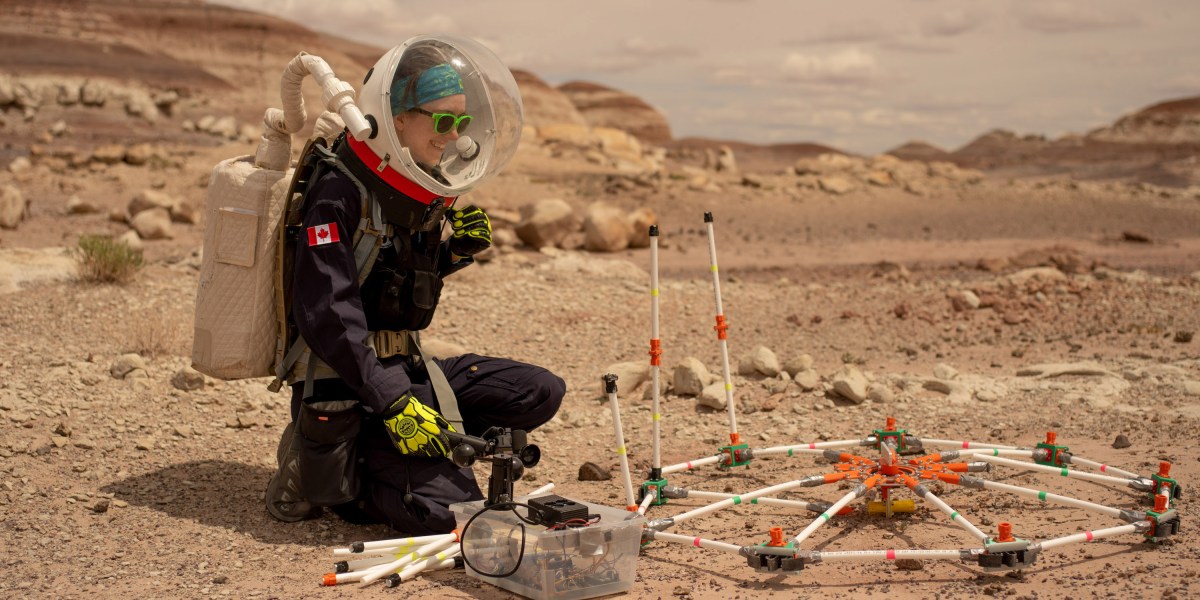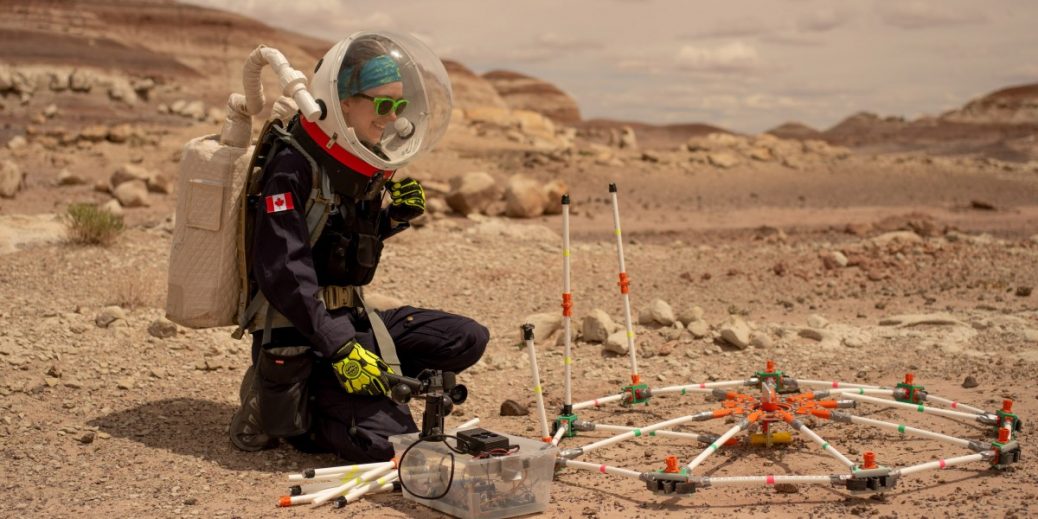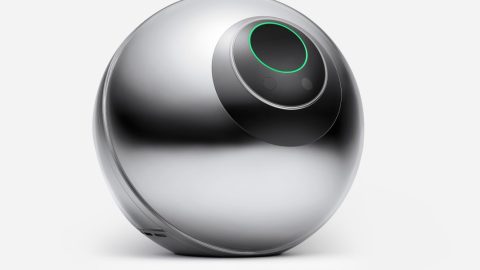
Across the world, around 20 analog space facilities host people who volunteer to be study subjects, isolating themselves for weeks or months in polar stations, desert outposts, or even sealed habitats inside NASA centers. These places are intended to mimic how people might fare on Mars or the moon, or on long-term orbital stations. Such research, scientists say, can help test out medical and software tools, enhance indoor agriculture, and address the difficulties analog astronauts face, including, like Sweeney’s, those that come when their “missions” are over.
Lately, a community of researchers has started to make the field more formalized: laying out standards so that results are comparable; gathering research papers into a single database so investigators can build on previous work; and bringing scientists, participants, and facility directors together to share results and insights.
With that cohesion, a formerly quiet area of research is enhancing its reputation and looking to gain more credibility with space agencies. “I think the analogs are underestimated,” says Jenni Hesterman, a retired Air Force officer who is helping spearhead this formalization. “A lot of people think it’s just space camp.”
Analog astronaut facilities emerged as a way to test-drive space missions without the price tag of actually going to space. Scientists, for example, want to make sure tools work properly, and so analog astronauts will test out equipment ranging from spacesuits to extreme-environment medical equipment.
Researchers are also interested in how astronauts fare in isolation, and so they will sometimes track characteristics like microbiome changes, stress levels, and immune responses by taking samples of spit, skin, blood, urine, and fecal matter. Analog missions “can give us insights about how a person would react or what kind of team—what kind of mix of people—can react to some challenges,” says Francesco Pagnini, a psychology professor at the Catholic University of Sacred Heart in Italy, who has researched human behavior and performance in collaboration with the European and Italian space agencies.
Some facilities are run by space agencies, like NASA’s Human Exploration Research Analog, or HERA, which is located inside NASA’s Johnson Space Center in Houston. The center also houses a 3D-printed habitat called Crew Health and Performance Exploration Analog, or CHAPEA, where crews will simulate a year-long mission to Mars. The structure looks like what would happen if an artificial intelligence created a cosmic living space using IKEA as its source material.
“My mission ended, and it’s over,” Sweeney says. “And how do I process through all these things that I’m feeling?”
Most analog spots, though, are run by private organizations and take research proposals from space agencies, university researchers, and sometimes laypeople with projects that the facilities select through an application process.
Such work has been going on for decades: NASA’s first official analog mission took place in 1997, in Death Valley, when four people spent a week pretending to be Martian geologists. In 2000, the nonprofit Mars Society, a space-exploration advocacy and research organization, built the Flashline Mars Arctic Research Station in Nunavut, Canada, and soon after constructed the Mars Desert Research Station in Utah. (Both facilities have been used by NASA researchers, too.) But the practice was in place long before those projects, even if the terminology and permanent facilities were not: in the Apollo era, astronauts used to try out their rovers and space walks, along with scientific techniques, in Arizona and Hawaii.






Recent Comments